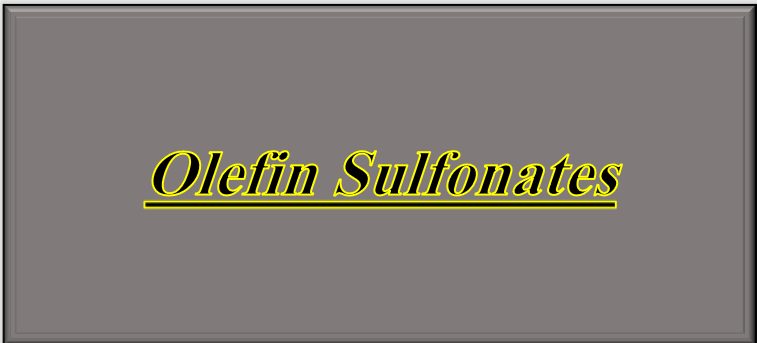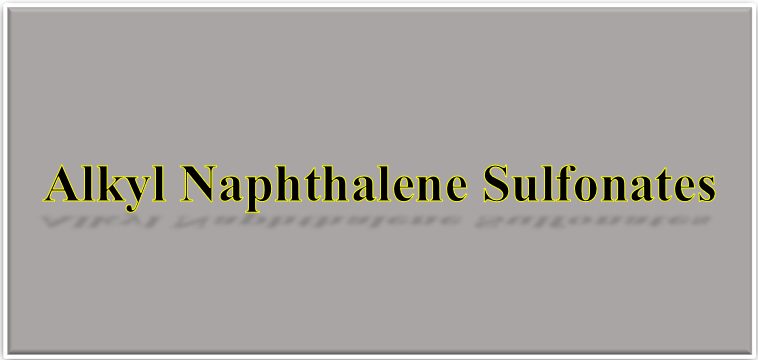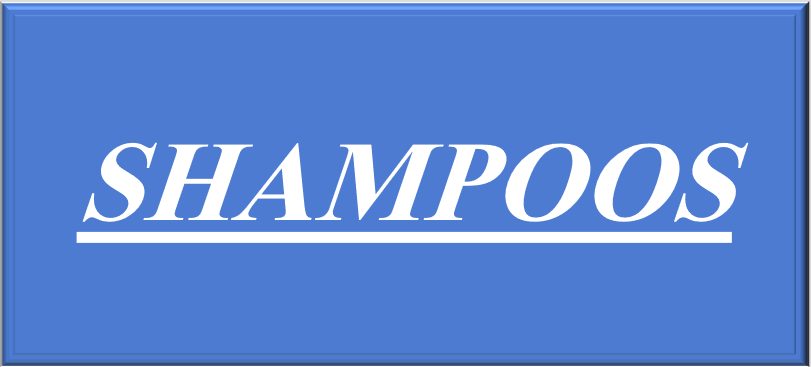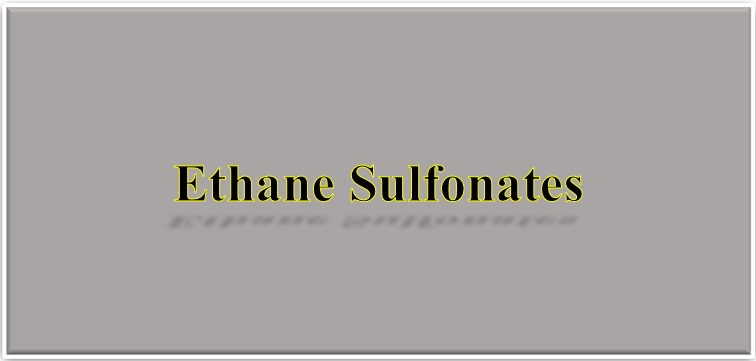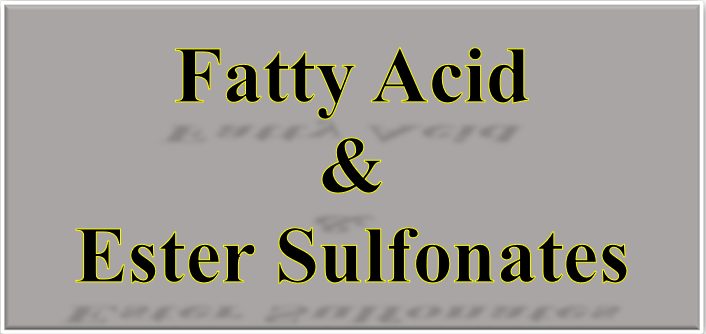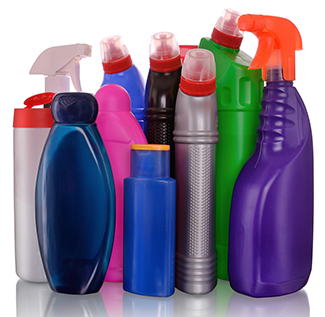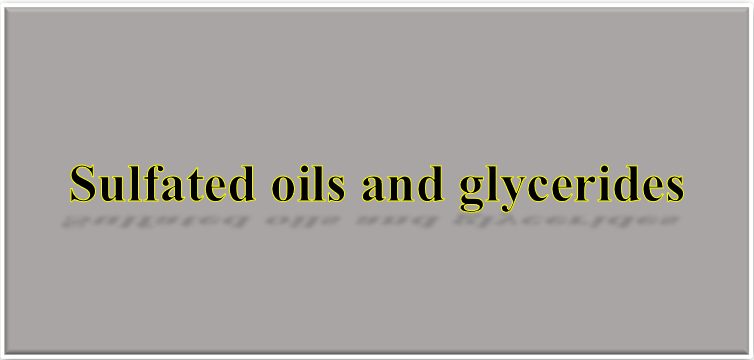Definition
Generally, the term “detergents” is applied to materials and/or products that provide the following functions:
- Promote removal of material from a surface, e.g., soil from a fabric, food from a dish, or soap scum from a hard surface.
- Disperse and stabilize materials in a bulk matrix, e.g., suspension of oil droplets in a mobile phase like water.
Detergents are designed with one primary purpose: to remove soil from some type of surface. From that simple premise all formulas are designed, although the variety of soils and surfaces encountered will give an almost infinite range of formulating possibilities.
The ability of a detergent to perform either of these functions depends on the composition of the formulation, the conditions of use, the nature of the surfaces being treated, the nature of the substance to be removed and/or dispersed, and the nature of the bulk phase. Accordingly, detergent formulation is a complex process driven by the specific needs of the end-user, economics, environmental considerations, and the availability of specific “actives” that can provide the required functionality.
It is important to note the difference between the terms detergent and soap. Soap is commonly produced when a fatty acid is neutralized by a sodium or potassium base, while the Detergents universally use two components: surfactants and builders (inorganic ingredients).
The introduction of synthetic surfactants, with their superior cleaning and rinsing capability, has sharply reduced the use of soap products. However, the terms soap and detergent are oftentimes used interchangeably, and sometimes detergent formulations will actually contain a varying amount of soap.
Comparison of Soap and Detergent
| No. | Soap | Detergent |
| 1 | Cleaning compound with good detergent. | Cleaning compound with better detergency, higher emulsification power. |
| 2 | Active agents are long-chain fatty acid salts of alkali metals having anionic functional groups. | Active agents composed long chain aliphatic and aromatic organic compounds. The functional groups may Vary and maybe: Anionic, Nonionic or Cationic. Individual molecule has hydrophilic as well as hydrophobic parts. |
| 3 | Soaps have the disadvantage of precipitating as calcium and magnesium salts in its use in hard water, thereby reducing their cleaning property and causing other undesirable effects. | Detergents have no such disadvantage of insoluble salts precipitation. They form soluble salts of calcium and magnesium or at least keep the insoluble salts if formed, in the solution. Detergents have the property of deflocculating ability. |
| 4 | Aqueous solutions of soaps are highly alkaline due to hydrolysis and in the presence of acids, they decompose. For this reason, soap cannot be used in the textile processing operations, specially where acid dyebath is used. | Being salts of strong acids detergents yield neutral solution. |
| 5 | Soaps have good cleansing power for cotton goods and wool. | Detergents have good cleansing power for cotton goods but very low penetrating power for wool. Detergents like aromatic sulfonates often leave silk goods without the luster and these defects of some detergents are to be rectified by the use of other types of detergents such as, aliphatic sulfates and sulphonates. |
| 6 | Active surfactants being only fatty acids salts of alkali metals and some non-metallic bases having anionic active groups, there is limited room for making specialty products for various special purposes. | Active surfactants may be chosen from very wide ranges of organic compounds which are again variable by changing polarity of active groups having anionic or nonionic or a combination of anionic and nonionic, there is much liberty of choosing surfactants for making specialty products for various special purposes. |
| 7 | Irritation of skin is due to the presence of shorter chain length C8, C10 fatty acid soaps and rosin soap in the products (C12 acid soap is also but less irritative). All other higher C14– C18 acid soaps are mild. | Detergents consisting of shorter branched-chain compounds are more irritating than that consisting long straight chain compounds. Sulfated oils and other esters and polyethenoxy nonionic surfactants are mild. Regarding skin irritation, detergents are neither better nor worse than Soap. |
| 8 | Soaps are easily biodegradable. | All the surfactants in detergents are not easily biodegradable. Hence there is a limitation in selecting surfactants with corresponding factors of cost and efficiency for the manufacture of detergents. |
| 9 | Soap making is a very simple process. Fats and oils in contact with alkali at room temperature in a mixer produce soap. No such skill personnel or following of no rigorous process conditions are necessary. | Preparation of surfactants requires number of steps to undergo. Reactions are not simple, mostly catalytic and at high temperatures and pressures. Polymerization, decomposition, separation oxidation, hydrogenation, sulphonation, sulfonation, neutralization, heating, cooling, etc. are the processes and operations involved. Skilled personnel and costly equipments are needed. |
| 10 | There is a total shortage of naturally produced vegetable and animal oils and fats. | The raw materials as organic compounds are mostly obtained from petroleum product synthesis. At least for the current time there seems no shortage of raw materials. |
The general challenge of household cleaning products is to remove completely and rapidly a great variety of soils from a great variety of substrates with products that are safe for the user, for the surface to be cleaned, and for the environment.
To meet this challenge, the formulator needs to acquire an excellent understanding of the needs and practices of the consumers, and this includes knowing under what conditions people will use the product. With this knowledge, the formulator will usually try to identify the components of the formulation to meet consumer expectations. This implies a thorough knowledge of the nature of the soils to be removed.
The other challenge after removing the soils will be soil redeposition. Redeposition can be prevented or delayed thanks to electrostatic or, better, steric repulsions between the particles.
Types of Soils
The main types of soils are:
- Water-soluble Soils (easy to remove with clean water but a challenge in dry cleaning).
- Oily Soils (mainly hydrocarbons, no polar group).
- Greasy Soils (essentially fatty materials containing polar groups such as esters and carboxylates).
- Particulate Soils (e.g., metal oxide, alumina, silica, clay)
- Bleachable Soils (oxidizable soils such as stains from fruit, wine, coffee, and tea).
- Protein and starch Soils (e.g., blood, milk, grass).
Sources:
- Detergents & Cleaners, A Handbook for Formulators, K.Robert Lange
- Guy Broze, Colgate-Palmolive, Research & Development Inc., Avenue du Pare Indemel B-4041 Milmort (Herstal), Belgium.
- How to Formulate & Compound Industrial Detergents
- Handbook of Detergents, Part D: Formulation, Michael S. Showell, Procter & Gamble Company
- INFORM, Vol. 13, pp. 682–695 (September 2002).
- J. W. B. Gogarty, Petroleum Techn., pp. 1475–1483 (1976).
- X. Zheng, Y. Xie, L. Zhu, X. Jiang, and A. Yan, Ultrasonics Sonochem., 9(6):311 (2002).
- R. W. Bassemir, A. Bean, O. Wasilewski, D. Kline, W. Hills, C. Su, I.R. Steel, and W. E. Rusterholz, in: Kirk-Othmer, Encyclopedia of Chemical Technology, Vol. 14, 4th ed., New York, Wiley, pp. 482–503 (1995).
- H. Hendricks and C. Nootens, J. Eur. Coat., 6:710 (2003).
- T. F. Tadros, Surfactants in Agrochemicals, Vol. 54, Marcel Dekker Surfactant Science Series, New York (1995).
- The Complete Technology Book on Detergents, By npcs, 2008.



